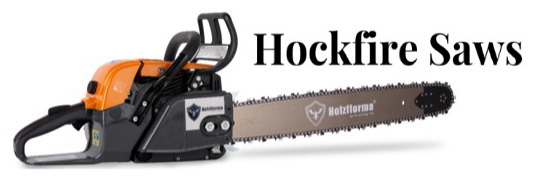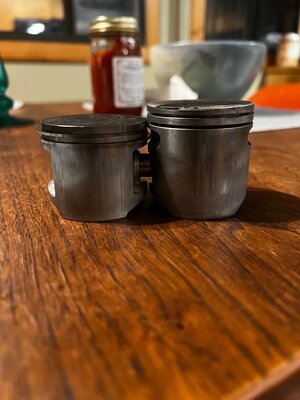Ketchup
Epoxy member
- Local time
- 9:12 PM
- User ID
- 5594
- Joined
- Mar 12, 2018
- Messages
- 2,458
- Reaction score
- 8,195
- Location
- Colorado
First, comparing a 044 to a 462 when the transfer designs are about 50 years apart is, IMO, not practical.
Second, I think most of the time if the factory adds crank stuffers, it is because they knew the saw needed them. The case was likely a bit big for the displacement to begin with.
Third, ported 460s are often very strong and not usually peaky ... when you put a 460 cylinder on the smaller 440 case, it usually will benefit from a little additional case capacity (everything should be in balance). Otherwise, the hybrid will often be higher revving but more "peaky" than the 460.
Fourth, I'm sure there are a lot of factors determining how much air/fuel will enter the crankcase, one of them being case capacity. Also keep in mind that we are dealing with an air/fuel mixture, not a fluid, so it can be denser or compressed. If case volume is increased, backpressure on the incoming mixture will be delayed (at least that is the way I visualize it). And, within limitations, the more air/fuel available for transfer the better.
Usually, anything that can be done to improve performance can also be overdone to detract from performance. It is all a balance.
044 is quite different from 462 no doubt. I’m still trying to get my head around 462. 572 as well.
With most of the front fed jugs I think a lot of the case capacity is in the transfer tunnels, especially the ones with dual lowers and quad uppers. I agree that the stuffers are a compensation for the added volume in the tunnels. I do wonder if putting the volume closer to the uppers has inherent benefits.
I haven’t messed with 44/46 hybrids in several years. Memory may not serve. I just remember being surprised on the first one that it wasn’t a screamer at all. Ran just like a 460. My subsequent port work just muddied the waters further. I think the low and wide exhaust approach might have not been the best.
You say above,
“If case volume is increased, backpressure on the incoming mixture will be delayed…”
This interests me a lot and is something I’ve thought about before. My current thinking is greater case capacity will increase the duration of transfer a little farther past BDC but with a weaker flow. (I’m not meaning the full duration of open transfers, just from open until the uppers no longer push charge). I used to think this was a behavior of dual uppers and indicated a need for longer blowdown. Now I’m less sure. Almost all saws with duals have relatively greater case capacity. One or both factors may benefit from longer blowdown. But then there’s 7900, which adds to the confusion.
I still wonder if the combustion in the chamber is able to draw more charge from the transfers. If that can happen, I could see how a larger case reserve would be a big performance factor.
@DavidP71801, I think you were talking about a clear two stroke engine. They exist.
@MustangMike, you’re dead on about too much of a good thing. The right amount of change is as much the question as which changes to make.







